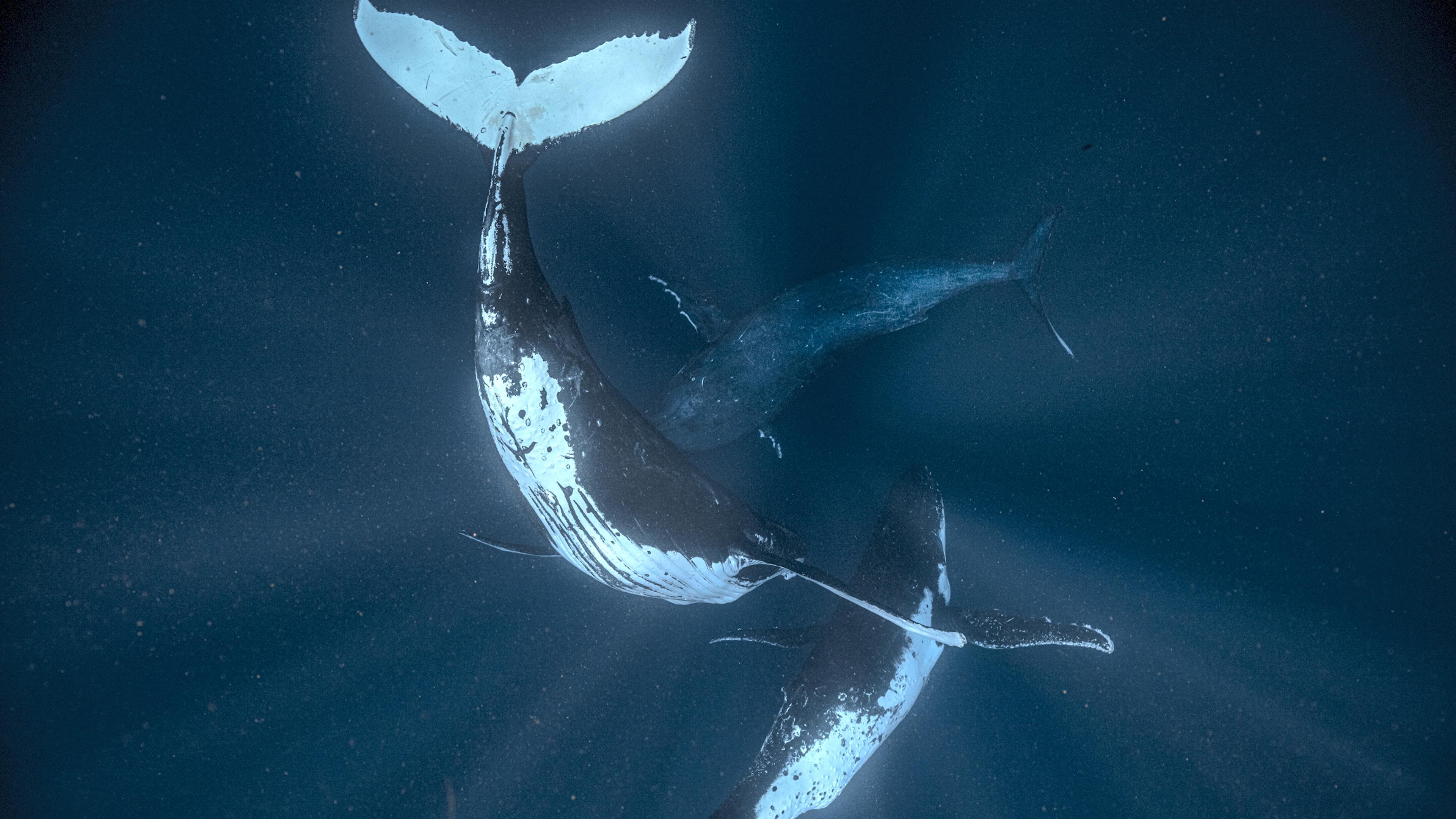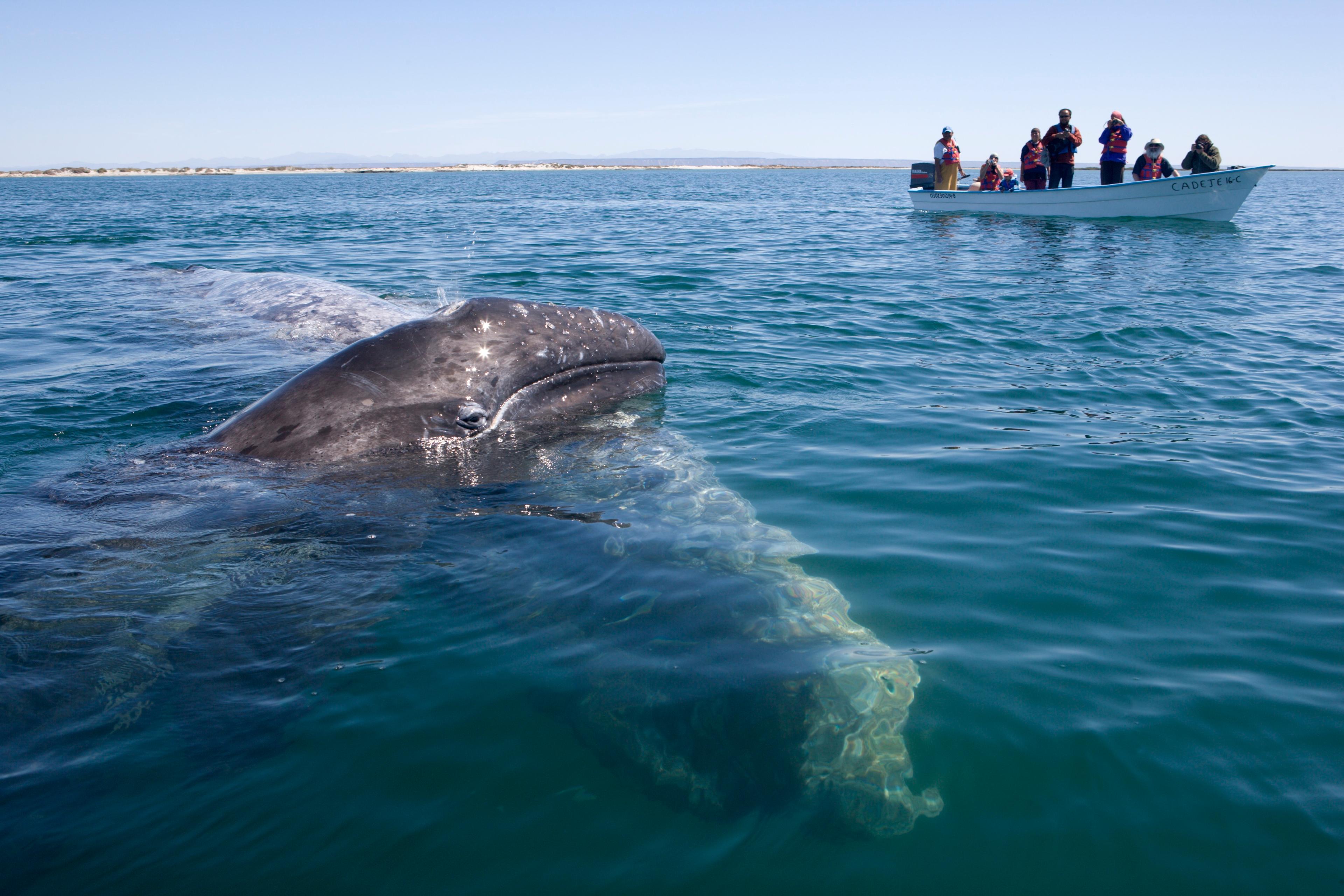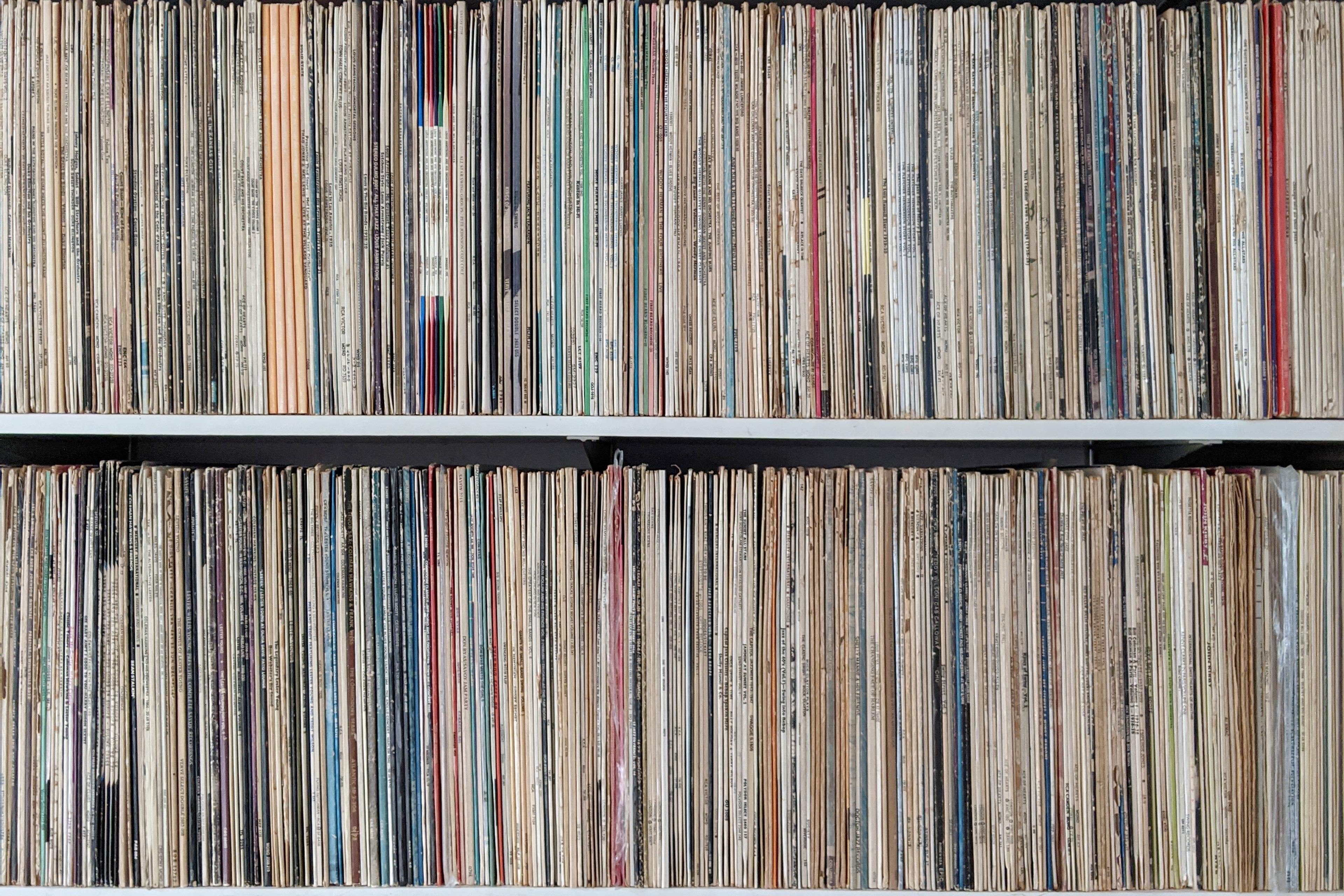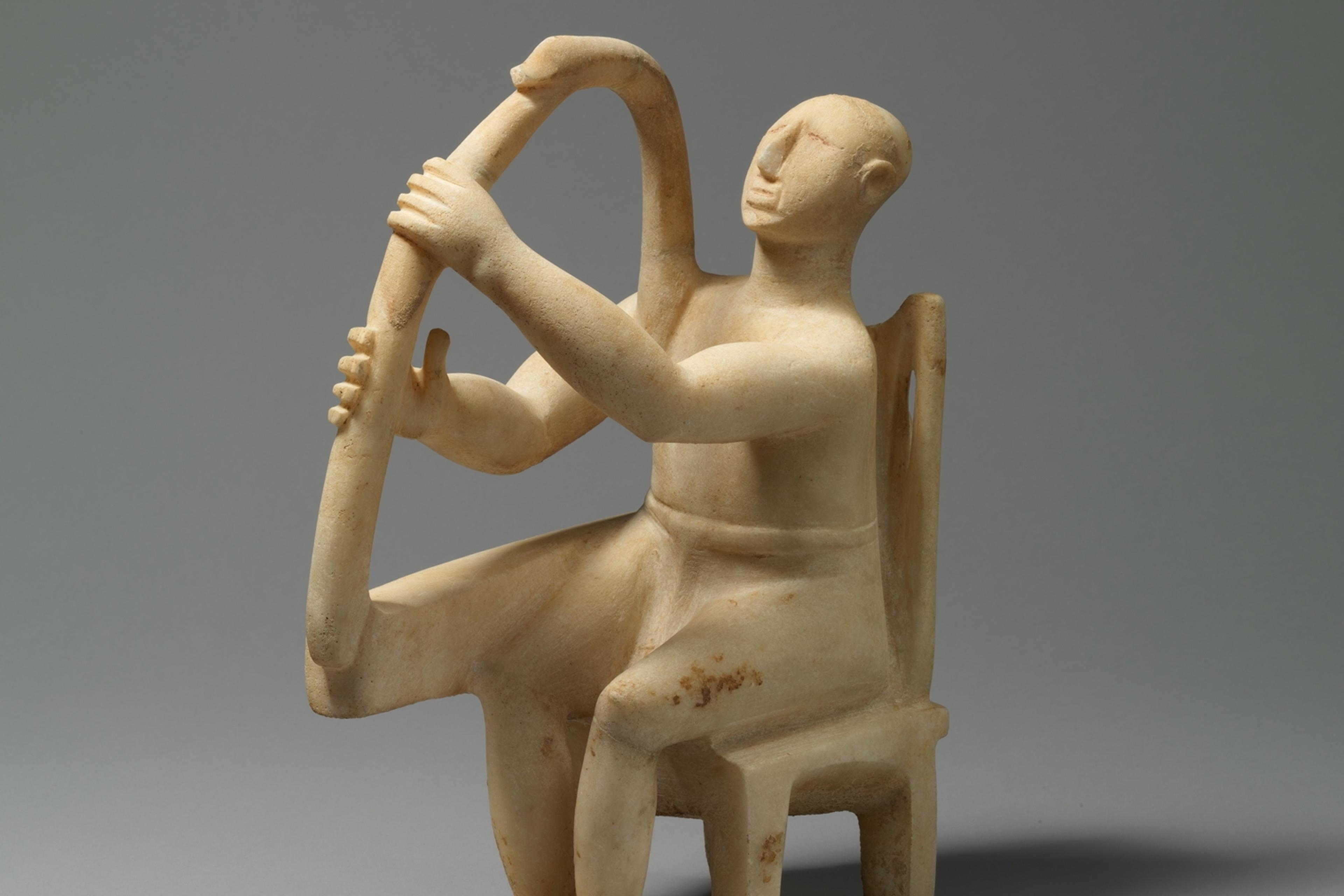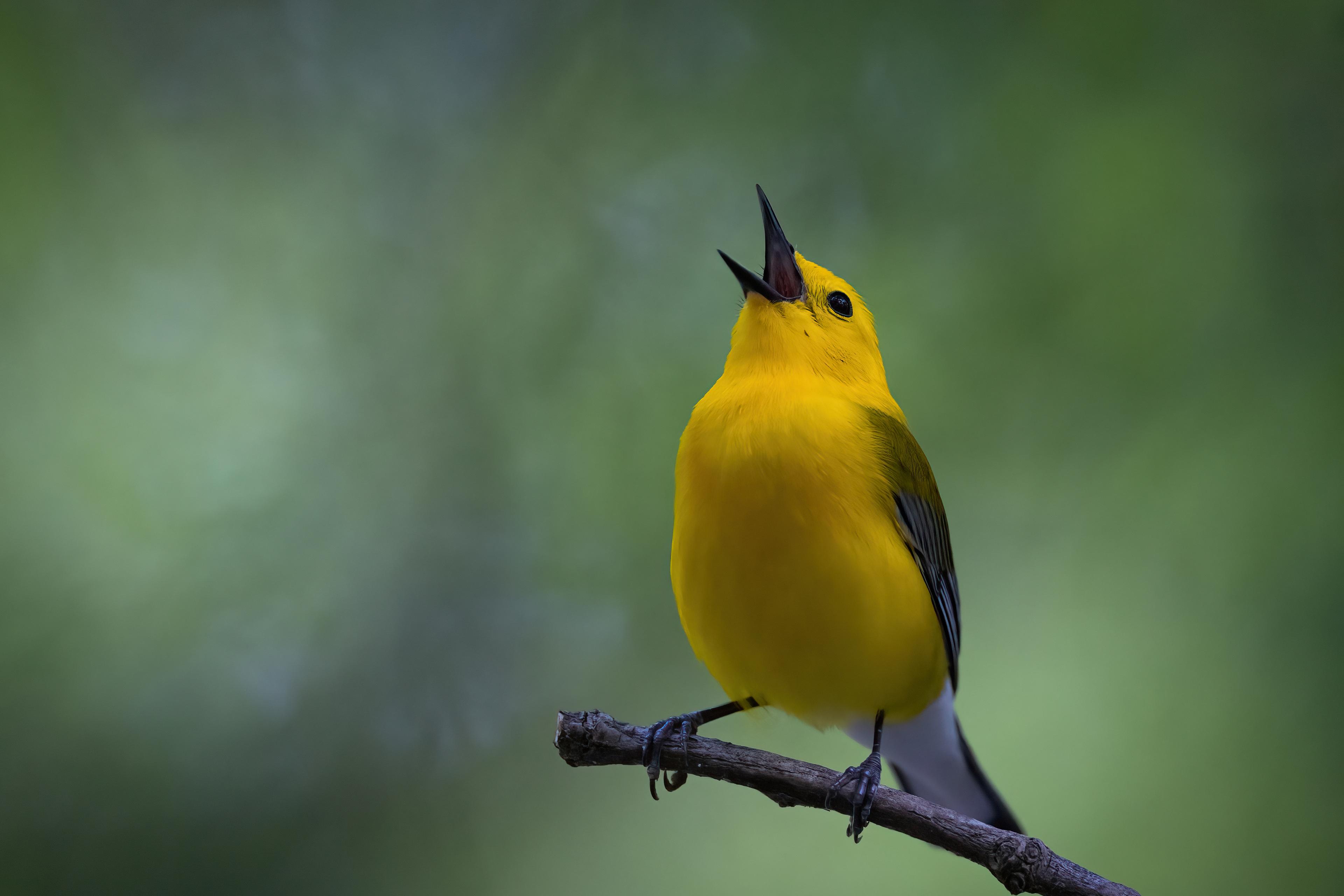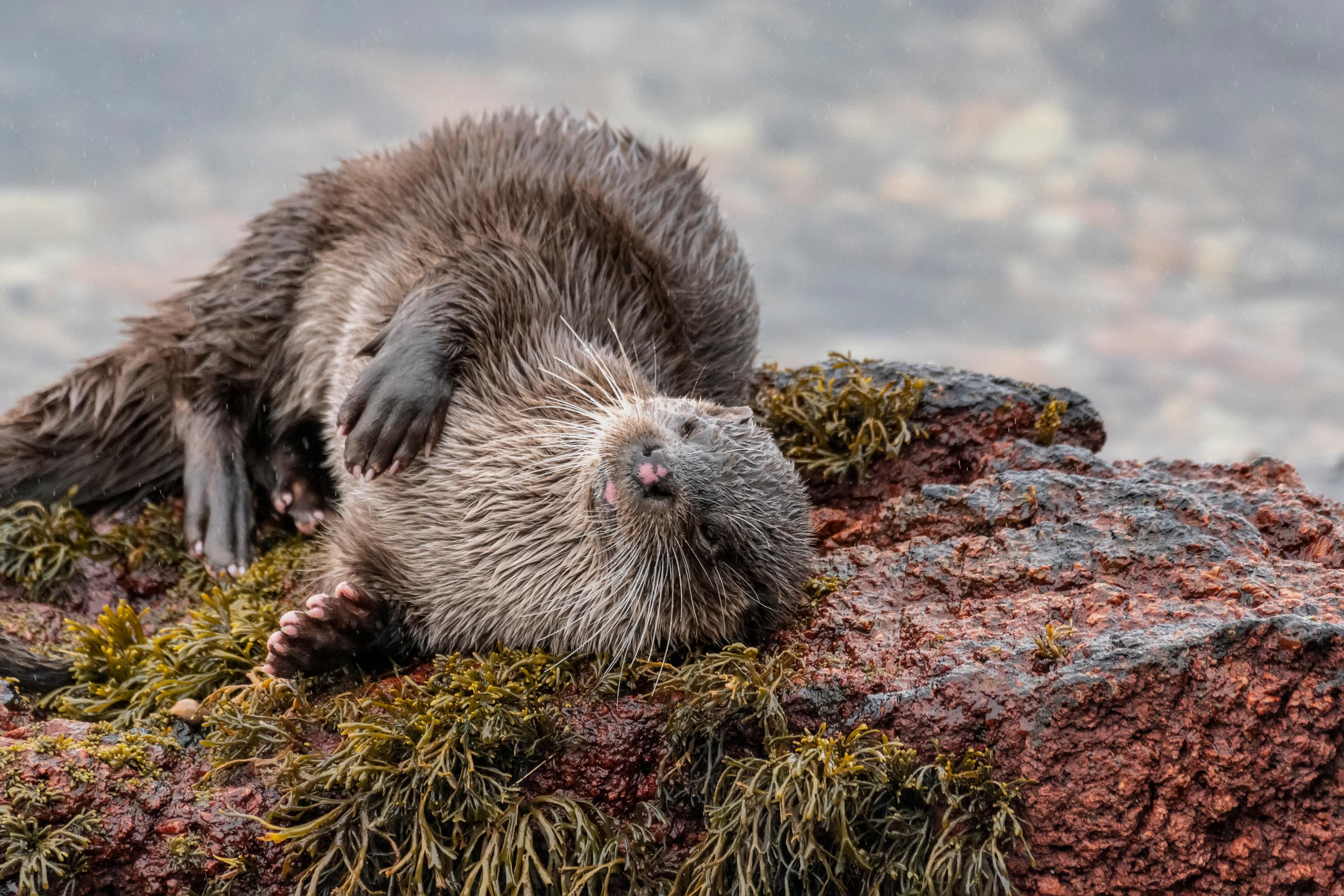Under the water, sound moves in an entirely different way than it does above the surface. It travels fast, moving at about 1,500 metres per second, four times the speed it passes through the air. It also travels much farther: the lower the pitch, the farther it goes. And it spreads in all directions, creating a constant background noise made up of waves, the din of motorboats and tankers, and seismic rumblings from far inside Earth. But the loudest thing we hear today is shrimp.
Sent to speakers via a submerged microphone, the sound is surprisingly rough, windy and crackly, making the tiny boat we’re in seem more fragile upon the moving swells of the Virgin Islands. ‘We’re hearing snapping shrimp,’ nods Paul Knapp, the captain of the boat, as we listen to the speakers. It’s a sound like electric sparks or radio interference from another star. ‘Some days you’ll hear nothing but the shrimp for hours,’ he says. Waves drum against the rubber boat, and the hydrophone cable – connecting the speaker to an underwater microphone thrown from the side of the boat – brushes against algae and rocks down below.
As we get used to the background crackle, the performance starts. First it is faint, but soon unmistakable. Far away, in the midst of the sonic mess, a howl begins: the rise, the fall, the squeal, the sweep. Out there in the sea somewhere, maybe five miles away, is the song of a humpback whale, a music unlike any other.
The range is tremendous, from the bowed bass beats of a giant sub-surface fiddle to the feedback squelches of an electric guitar. Each note is solid, emphatic, determined, beaming with feeling. It is one of the greatest sounds in the animal world, but few people had heard it until the end of the 1960s, when the first recordings were made. Before those records, there were only scattered references in old maritime literature to humpbacks making sounds – and those were just the noises heard above the surface. In 1856, Charles Nordhoff wrote that ‘a whale would sometimes get under the boat and there utter the most doleful groans, interspersed with a gurgling sound such as a drowning man might make.’ In 1889, H L Aldrich wrote that ‘it has been known for a long while that humpback-whales … have their own peculiar cry, or as whalemen express it, “sing”.’ If whalers all knew this, they sure didn’t say much about it. After small-boat whaling faded away, no one saw fit to mention the sounds for nearly a century. The ‘music’ of whales was seen as nothing more than incomprehensible babbling and gurgling.
Today, the many scientists who study the songs of humpback whales usually collect their performances as data, not music. They take their digital recordings to the lab, where they pore over the information, discovering form, rhyme, change and rhythm. Though researchers have been doing this for nearly 40 years, humans still don’t fully understand what these songs are for, or even how the whales produce them. Like so much that goes on underwater, we just don’t know.
For me, the sounds that whales make is music. And because it is music, not just babbling or scientific data, I believe it is something we can participate in making, too.
How can a human play music with a whale? First, I have to cross the sound barrier into their world. Playing my clarinet on the shore or on a boat, I get a microphone that picks up my sound, and plug it into an underwater speaker that can broadcast these melodies way down into the world of the whales. Mine is a watery clarinet sound that is able to travel at least a few hundred metres into the sea. A hydrophone is positioned not far away, and that will bring the mix of human and whale sound back together, which I listen to through headphones above the surface.
For the past 17 years, this is how I have been playing together with the great singers of the sea. But, recently, I’ve been making music with different kinds underwater species, whose rhythms and tones are even more ‘incomprehensible’, and who push ‘music’ toward its far edges. Playing alongside the grand songs of whales is one thing, but how do you play with the mysterious resonances of underwater plants and microscopic insects living in ponds?
In 2023, while walking through the backwoods near my home in upstate New York, I dropped my hydrophone into a tiny tarn. The pond looked unassuming, just a soggy puddle, seemingly devoid of life. But what I heard was shockingly alive. This is what it sounded like:
These rhythms are not made by animals. They’re made by plants, thrumming in the midst of photosynthesis, releasing essential oxygen from water to air. Their rhythms, completely silent above the surface, appear through a hydrophone. What are these sounds for? And is this really music? Some might find these vegetal rhythms arbitrary and accidental, but any careful listener will find a polyrhythmic order that rewards careful attention, however far it appears from the organised laments of humpback whales.
Most people think of humpback songs as a kind of moan or a prayer, but it’s the structure of these songs that makes them stand out. Each song features seven or eight distinct themes, the whole thing taking 15 minutes or so to get through. Then the male whale starts again, repeating it all exactly the same way, for up to 24 hours at a time. Since it is only the male humpbacks who do this, scientists have long assumed the activity must exist to attract the attention of female whales, but in the 70 or so years we’ve known about this, how often have we observed female whales taking an interest in this music? Never. No human has ever seen a female whale respond to a male humpback’s astonishingly beautiful song.
In the humblest of ponds, an exciting and strange electronic music emerges
Thousands of metres way down in the ocean, there is a realm known as the deep sound channel, where the lowest tones – the subsonic groans made by blue whales and the pulses made by fin whales far beneath the range of human hearing – may be able to carry for hundreds and even thousands of miles. A thousand-mile song – the scale of it defies comprehension. Great whales, with their huge brains and slow metabolism, have an experience of life nearly impossible to fathom.
Compared with whale songs, the music of the pond is equally baffling: an inscrutable clatter of whirring, buzzing, humming, pulsating. The overlapping rhythms of bugs and plants are woven in with their environment. Through my hydrophone, I hear the beautiful sound of tiny entities making and reimagining shapes, patterns, rhythms, melodies. Sometimes, it is hard to say where one ‘thing’ ends and another begins in the recording, or what rules they are following, or even what kind of ‘music’ this really is. I don’t worry about those kinds of questions any more. Instead, to celebrate my feelings of wonder, I join in. This is how its sounds:
This recording isn’t only of plants photosynthesising, but also the stridulations of backswimmers and water boatmen, water scorpions or whirligig beetles and other species – one can never be exactly sure.
Under the water, in the humblest of ponds, an exciting and strange electronic music emerges. The more I sit and listen to it, the quieter I become, and the more musical it seems. It takes me farther and farther from where I started. After a while, I hear more than the tinkling of waterweeds and the thrum of pond bugs. I hear voices, percussion parts tracked directly from the rhythms of photosynthesis, bass parts and contrabass clarinets of aquatic insects.
Since I first began making music with humpbacks, people have always asked me if the whales are actually responding to me as they sing. Am I really playing music with them, and communicating through sound? My answer: How would I know? For me, it’s not so much a question of responding, but sharing, knowing by doing. Neither human nor whale could make these songs alone. I respond at the moment I decide their sounds can be music, at the moment when I imagine that musically I might join in. Without discussing anything, before any planning. I have faith that all my previous training, and improvisation, might prepare me for this moment.
The question becomes even more difficult to answer when I make music with the creatures of the pond. People still ask: Are these critters responding to you? My hunch is to say: No, of course not, they have better things to do. But the other day, smack in the middle of winter, I played pond sounds through a speaker by the side of a half-frozen pond, and every time I stopped, I heard the pond responding. I couldn’t believe it. What would tiny, half-frozen winter water bugs want with the rumble of human sound? But after I played, they played back. So, who knows? It might be easier than we think to get an answer from nature.
The music of underwater species can sound more essential than anything humans could ever make
My musical impulse to explore marks one small way to cross from my human experience into the world of another. Music can do this because it communicates in ways we cannot explain, with forms and terms that elude exact translation. Music is universal enough to cross many cultural lines, among those musicians flexible enough to explore what the late, great saxophonist Wayne Shorter called ‘the language of the unknown’.
But is music really language? If we imagine animal sounds to be a kind of language, we often want to decipher them, to translate every nuance into a functional message. However, it is hard to correlate specific whale behaviours with specific noises. Some sounds help them navigate, some help them say hello. Most probably they serve to hold groups together as part of ritual or culture – the songs may be part of the way of being a whale. They live and sense through sounds both complex and beautiful. Considering these sounds as music, we can enjoy these sounds before explaining away every noise. We might even join in. And without knowing what the animals think about such an interaction, some kind of interspecies music is made. Either art spans its way into the more-than-human world, or it’s all some kind of ridiculous stunt. Often, I’m not at all sure.
Our human music has been around for a few hundred thousand years, their music has been played for millions or, in the case of photosynthesising aquatic plants, billions of years, and that is why the music of underwater species can sound more essential than anything humans could ever make.
In college, they told me music was ‘organised sound’ but I never found that very convincing. How can you tell music from noise? Well, it’s music if someone says it is, or more precisely, anything is music once someone says: ‘Listen closely to this, this is music.’ One you start to listen, you enter an ocean of possibility, an ocean (or a pond) of sound.
This idea features excerpts from Secret Sounds of Ponds (2024), published by Roof Books, and Whale Music: Thousand Mile Songs in a Sea of Sound (2023), published by Terra Nova and MIT Press.
